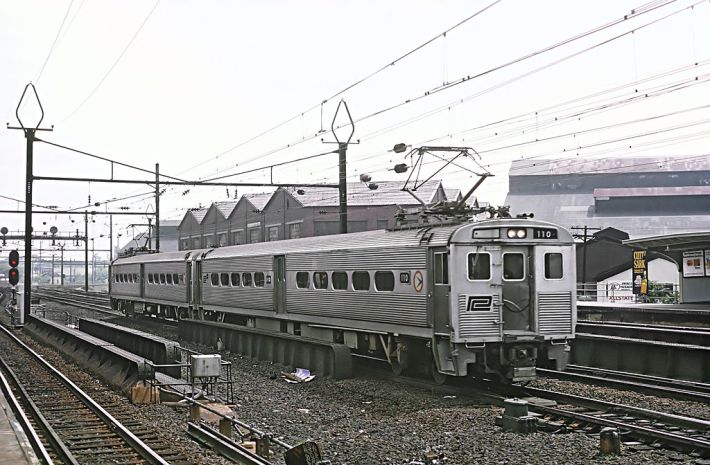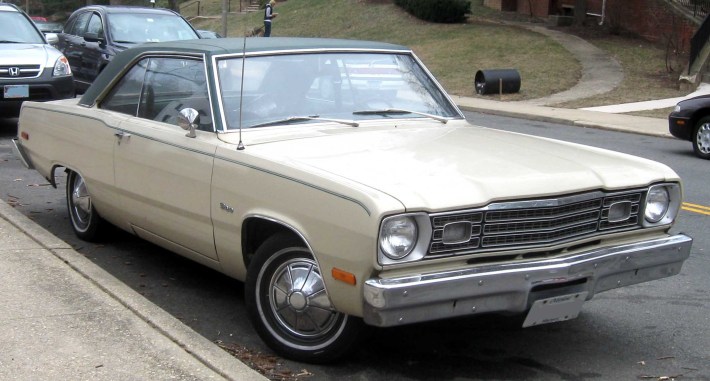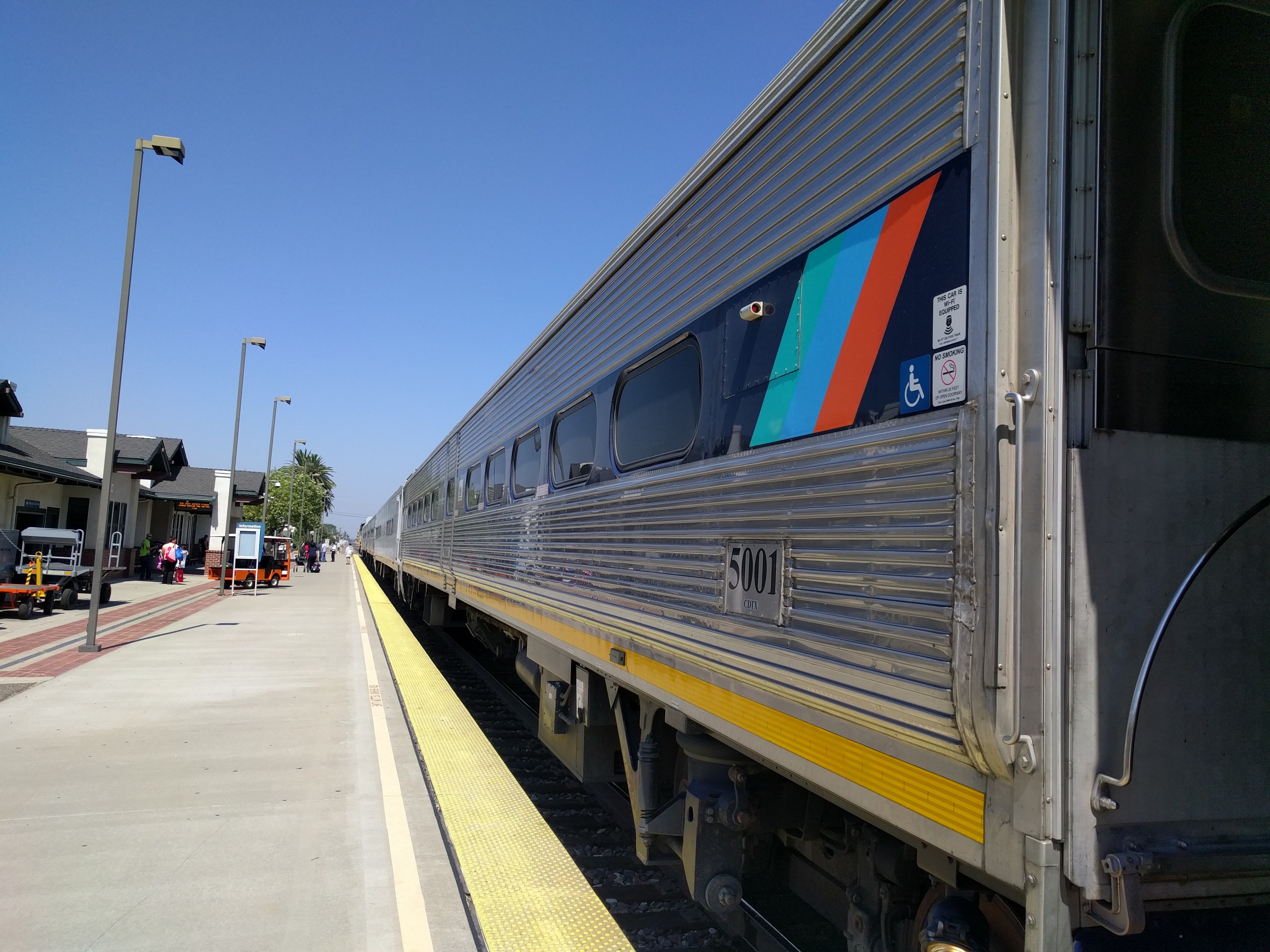Last week I took the train from Oakland to Bakersfield. In Bakersfield, I transferred to a bus to get to Los Angeles.
Believe it or not, at eight hours, that's the fastest Amtrak route between the two cities.
While the state has spent the past sixty or seventy years building freeways, its intercity trains have been utterly neglected. The fact that there's no longer an overnight sleeper train between LA and San Francisco is testament to that. And the Coast Starlight, the only direct train service between LA and the Bay Area, runs once a day, takes an even more ridiculous twelve hours, and is frequently late.
Despite all this, my train was packed.
The orange, blue, and turquoise logo on the train car in the lead picture says a lot about demand for rail in California. That's the logo of New Jersey Transit. There's so much demand for transportation options that Amtrak is running antique hand-me-downs from New Jersey Transit to provide more seats.
My train used to be an Electric Multiple Unit (EMU) train called an 'Arrow' (EMU is the same classification of electric train that Caltrain is purchasing; electric/zero-emission self-propelled rail cars). These trains, which date back to 1968, originally ran on the Northeast Corridor between New York and Washington, where they hit 100 mph. So if the trains look dated, they are. There's no electrification yet in California, obviously, and Amtrak pulls them with a diesel locomotive. Now the most they ever hit is 80 mph, and even that is rare.
This is what my train looked like when it was new:

To put that in perspective, here's what an automobile looked like when the photo above was taken:

Yes, that's the state of our trains in California. We're running trains at considerably lower speeds than they ran when they were new, that were born in the age of rotary telephones, eight-track cassette tapes, and Valiant automobiles.
When I hear people complaining about the costs of building the high-speed rail system in California, I just shake my head. If an old rust bucket like the rail car I was in last week gets packed, what will happen when we finish a modern rail system that is quiet, has far more capacity, doesn't shake, doesn't share tracks with clunky freight trains, and travels at modern speeds--meaning around 200 mph?
I was thinking about that as I watched some high-speed rail construction go by out the window. In a few years, when it's up and running, the age of auto dominance and short-haul flights between northern and southern California will be over.






